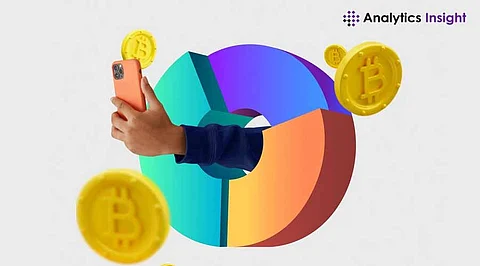

The Bitcoin Halving is a crucial event in the cryptocurrency world, occurring every four years to reduce mining rewards and recalibrate supply dynamics. Following its most recent iteration in April 2024, significant changes have unfolded, shaping the landscape for the next four-year cycle. Here’s an overview of the recent developments and outlook for the forthcoming period.
The Bitcoin network automatically executes the programmed event known as Bitcoin Halving. For every 210,000 blocks, the Bitcoin system reduces miner compensation by half. The limited supply of Bitcoin and its aging process are stabilizing factors that protect BTC value.
Miners received 6.25 Bitcoin tokens per block before the 2024 Bitcoin supply reduction. Following the event, the amount of Bitcoin rewards decreased to 3.125 BTC. After the halving event, more Bitcoins stay archived inside the system. One Halving event advances the Bitcoin network closer to its fixed maximum supply of 21 million units.
When mining and cryptocurrency rewards decline, the operation becomes financially unattractive. Operating as a small miner becomes challenging when electricity expenses outweigh competition intensity. Larger mining farms equipped with advanced machinery will maintain their operations. When miners withdraw from the blockchain network, the process becomes more controlled by a single entity.
Price surges for Bitcoin generally occur following the implementation of Halving events across history. In 2012, Bitcoin jumped from $12 to $1,000. The Bitcoin value surged from $650 to approximately $20,000 during 2016. After the 2020 Halving event, Bitcoin reached its highest-ever price point of $69,000 in 2021, increasing from an initial value of $8,000.
Bitcoin price development received intensified observation following its 2024 Halving event. The Bitcoin community was divided between those who predicted significant price growth following the Halving event and those who envisioned different market fluctuations.
The event of Halving establishes limited availability by decreasing the issuance rate of new Bitcoin units. Price increases become more likely when market demand stays robust. Global events, regulatory factors, and investor feelings influence market movements despite their impacts.
The prior Bitcoin price cycles achieved their maximum heights between 12 and 18 months after every Halving event. Current market investors are observing whether the pattern from previous events will play out again.
Reducing Bitcoin mining rewards will lead miners to look for better technology. The Bitcoin price shows an upward tendency based on growing demand. Many experts expect Bitcoin to achieve its highest value between 2025 and 2026. Some say prices may drop before going up.
The Bitcoin Halving 2024 marked a pivotal moment for the cryptocurrency market, significantly reducing mining rewards and further constraining supply. As the dust settles, its impact on market trends will continue to unfold. While the full effects will become clearer in the coming months, one thing is certain: the Halving will bring transformative change, shaping the future trajectory of Bitcoin and the broader cryptocurrency landscape.
